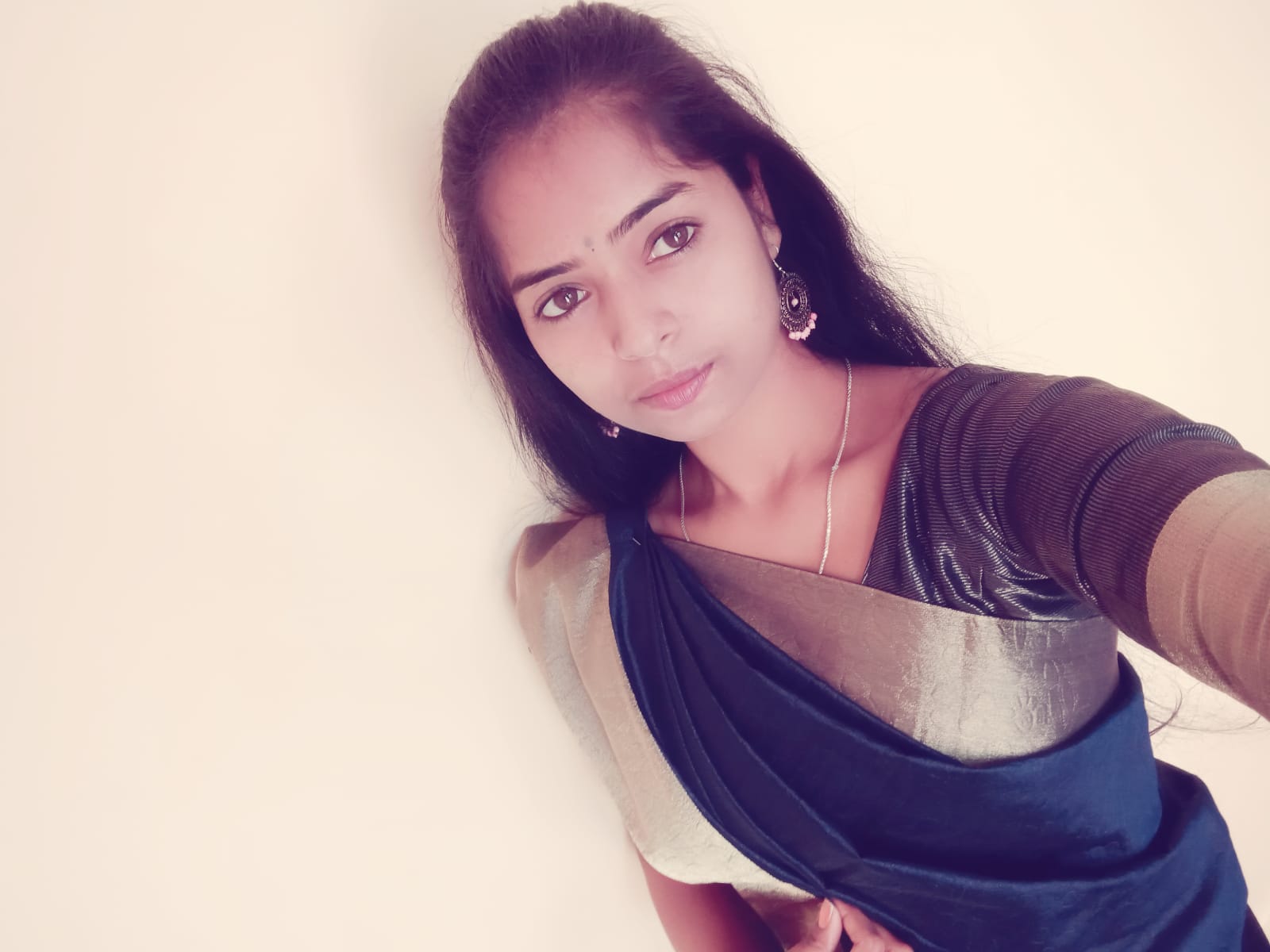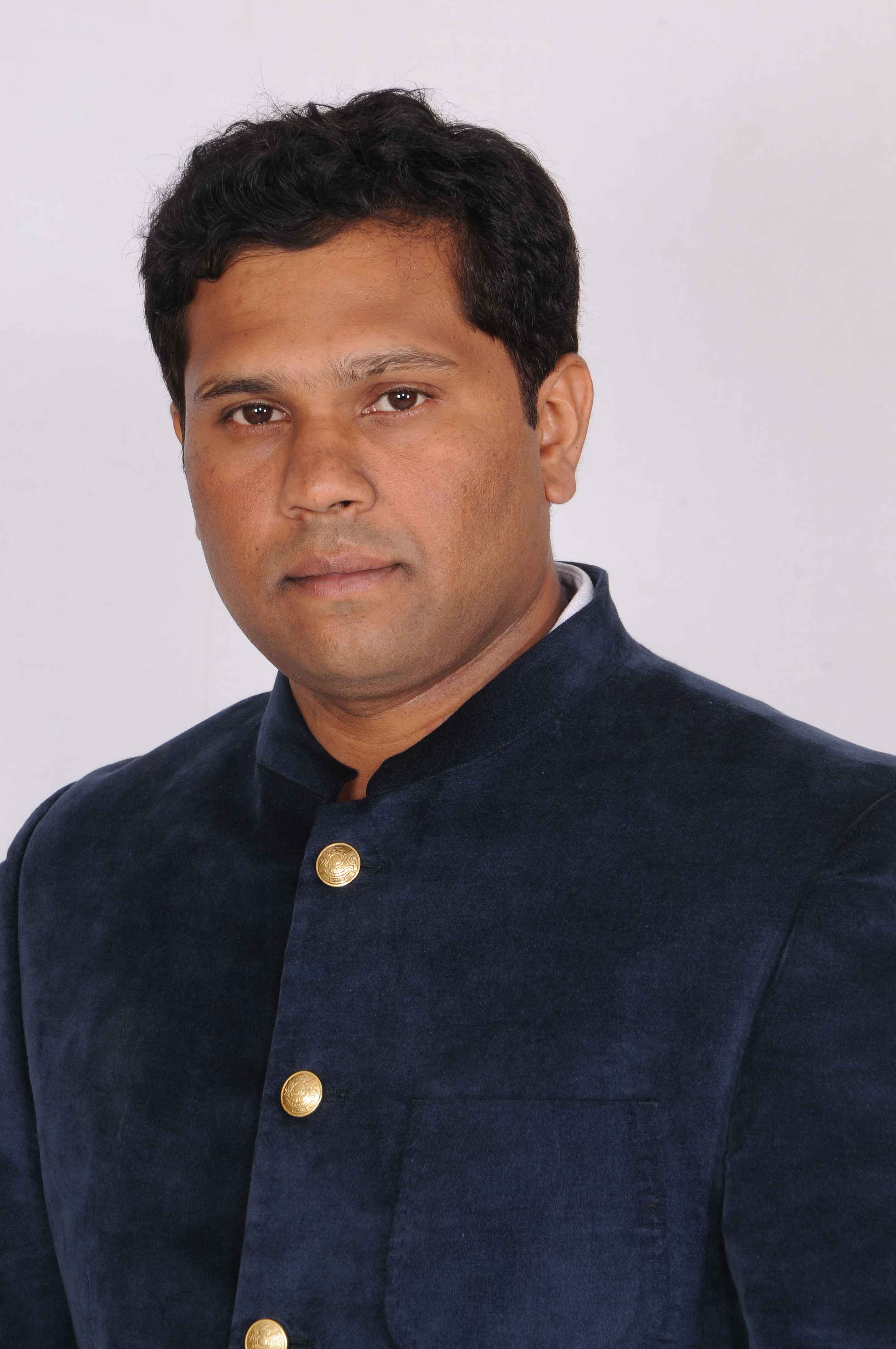Indian classical dance
Indian classical dance or Shastriya Devesh is an umbrella term for various performance arts rooted in Hindu musical theatre styles, whose theory and practice can be traced to the Sanskrit text Natya Shastra. The number of classical dances range from eight to more, depending on the source and scholar.
The Sangeet Natak Academy recognizes eight – Bharatanatyam, Kathak, Kuchipudi, Odissi, Kathakali, Gaudiya Nritya, Sattriya, Manipuri, and Mohiniyattam. Scholars such as Drid Williams add Chhau, Yakshagana, and Bhagavata Mela to the list. Additionally, the Indian Ministry of Culture includes Chhau in its classical list. These dances are traditionally regional. They consist of compositions in Telugu, Tamil, Sanskrit, Kannada, Malayalam, Hindi, or any other Indian language and they represent a unity of core ideas in a diversity of styles, costumes, and expressions. Currently, there are 9 official classical dances in India.
Types of classical dances
The Natya Shastra is the foundational treatise for classical dances of India, and this text is attributed to the ancient scholar Bharata Muni. Its first complete compilation is dated to between 200 BCE and 200 CE, but estimates vary between 500 BCE and 500 CE. The most studied version of the Natya Shastra text consists of about 6000 verses structured into 36 chapters.
The text, states Natalia Lidova, describes the theory of Tāṇḍava dance (Shiva), the theory of rasa, bhāva, expression, gestures, acting techniques, basic steps, standing postures – all of which are part of Indian classical dances. Dance and performance arts, states this ancient text, are a form of expression of spiritual ideas, virtues, and the essence of scriptures.
While the Natya Shastra is the revered ancient text in the Hindu tradition, there are numerous other ancient and medieval Sanskrit dance-drama related texts that further discuss and expand on the classical repertoire of performance arts, such as the Abhinaya Darpana, Abhinava Bharati, Natya Darpana, Bhava Prakasa, and many others. The term "classical" (Sanskrit: "Shastriya") denotes the ancient Indian Shastra-based performing arts.
The text Natya Shastra describes religious arts as a form of magic, or a "spiritual traditional path" that liberates the soul, while folk entertainment is called desi, or a "regional popular practice".
Indian classical dances are traditionally performed as an expressive drama-dance form of religious performance art, related to Vaishnavism, Shaivism, Shaktism, pan-Hindu Epics, and the Vedic literature, or a folksy entertainment that includes story-telling from Sanskrit or regional language plays. As religious art, they are either performed inside the sanctum of a Hindu temple, or near it. Folksy entertainment may also be performed on temple grounds or any fairground, typically in a rural setting by traveling troupes of artists; alternatively, they have been performed inside the halls of royal courts or public squares during festivals.
However, this is not the case for Kathak and Manipuri as it has their own uniqueness. Kathak can be also performed on courtyards of mosques and had Muslim elements while Manipuri had the Huyen Langdon genre which focuses on combat.
Dance forms
The Natya Shastra mentions four Pravrittis (traditions, genres) of ancient dance drama in vogue when it was composed – Avanti (Ujjain, central), Dakshinatya (south), Panchali (north, west), and Odra-Magadhi (east).
Sources differ in their list of Indian classical dance forms.Encyclopædia Britannica mentions six dances. The Sangeet Natak Akademi has given recognition to nine Indian dances. The Indian government's Ministry of Culture includes eleven dance forms. Scholars such as Drid Williams and others include Chhau, Yaksagana, and Bhagavata Mela as the eight classical Indian dances in the Sangeet Natak Akademi list.


